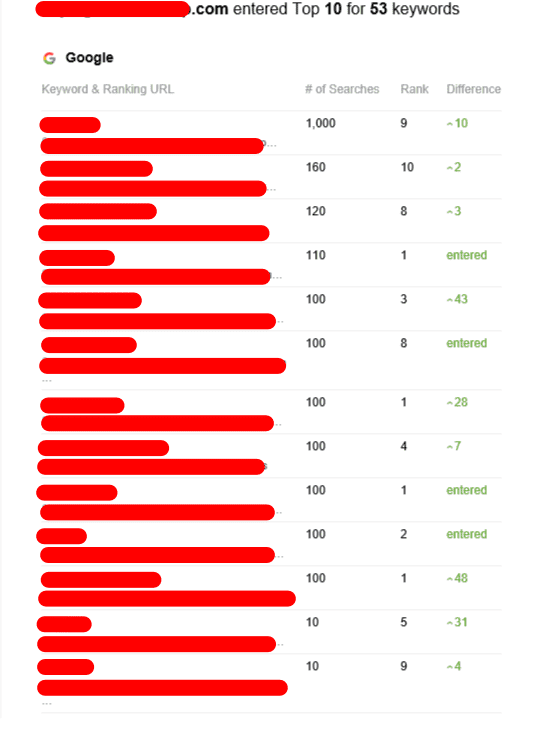Tiered Link Building - The Dangers of Black Hat Link Building
It is possible to increase your search engine rankings using a tier system of link building. It is important to remember that black-hat methods can be detrimental. Since the beginning Google and other search engines Google have cracked down on these tactics with their many updates.

It is important to avoid using SEO techniques that are illegal, like PBNs and blog commenting. These are a waste of time and can cause penalties from Google.
First-tier links
This method of building links involves placing links onto websites with a high Domain Authority (DA) and lots of traffic per month. This is a great method to get your site noticed by search engine. It is not the perfect solution for every situation. Although it could temporarily improve your rankings, you must remain focused on the quality and quantity of your backlinks.
The primary goal of first-tier links is to increase your backlink profile with several high-quality, natural looking links. This will enable you to be found for keywords that are relevant to your niche. This will also help you establish a a better website reputation and is crucial to getting the most traffic from search results.
While some black hats swear by it, it's still an unwise strategy. It's not compatible with Google's Webmaster guidelines, and if a human reviewer notices it, they could take a manual action that could dramatically lower your rank.
To avoid this To avoid this risk, you should make your first-tier links appear as natural as you can. This means that they should provide value to the article in which they're embedded, and should not be obvious or spammy. It's also recommended to verify whether the directory in which you're putting up your first-tier links has been classified by Google. You can verify this by typing in the URL of the directory into the search engine like Google and checking how many results show up.
Second-tier links
Tiered link building is an excellent way to increase the power of your PBN, but it's not without its risks. Google is constantly looking to eliminate links that look artificial and low-quality links that tiered link building rely on are becoming less effective as time passes. This type of link building can cause penalties for your site, and can even lower your ranking.
It is crucial to avoid a penalization by using white-hat techniques when creating your second-tier link. You can make use of high-quality content on sites that are relevant to your area of expertise. These links will pass more credibility than forums and comments, and are more likely to be clicked by users. You can also submit articles to relevant directories. Another good option is to sign up with HARO the email subscription service that sends daily emails that contain topics that journalists are keen to cover.
Alongside increasing the authority of your PBN, second-tier links can also improve the quality of your primary backlinks. Second-tier links based on websites with high domain authority will enhance the authority of primary backlinks. It's best to mix standalone links from second-tier with secondary links from second-tier as primary links. This will increase the benefits.
Third-tier links
Tiered link building is a well-known strategy for increasing the authority of webpages. It can be used to increase traffic, boost rankings, and increase revenue. This method involves using a chain of backlinks that gradually improves in quality. It also helps avoid spam filters.
If not done correctly linking to tiers is an extremely risky procedure. If you make use of numerous links that are not of high quality it could cause Google to penalize your site. Google's tier 2 link building do not allow for tiered linking.
Tier 1 links are the best backlinks you can obtain. They must contain the keyword that you're trying to rank for and be relevant to your page's content. This will aid in ranking for the targeted keyword and will result in an increase in traffic to your site.
Tier 2 links are a bit less important. They're typically links to directories, blogs Q&A websites, and social media profiles. Tier 3 links are typically a bit more spammy, but they can still bring value to your profile. They include forums, comment sections and bio profile links. The majority of people who participate in tiered link building tend to throw quality, relevancy and context out of the window at this point. They use automated tools to build third-tier links and then link them to pages that have low authority.
Fourth-tier links
Tiered link building is an effective method to boost the organic rank of a website. It's only effective when used in conjunction with other white-hat SEO strategies. Google could penalize your website in the event that you don't follow these guidelines. The reason for this is because tiered links are typically accompanied by low-quality content, which Google believes is an attempt to alter its algorithm for search.
Tiered links are also often linked to blogs and websites that are not of high quality. This means they could lose their significance as search engines begin to view them as spammy and irrelevant. Moreover, these links can be located on low-quality social media profiles or web 2.0 platforms and other user-generated content sites. These backlinks are typically of poor quality and could be generated by automated tools.
In addition to these drawbacks, using tiered link building can lead to an over-exaggerated backlink profile that can harm SEO of a website. This is because it's difficult to distinguish between low-quality and high-quality links. Moreover, it can be expensive for businesses to maintain a huge number of links. It is advisable to employ a tiered approach to building links in conjunction with an extensive content marketing campaign. This will ensure that your content is relevant to the target audience and will be more likely to attract traffic to your website.
